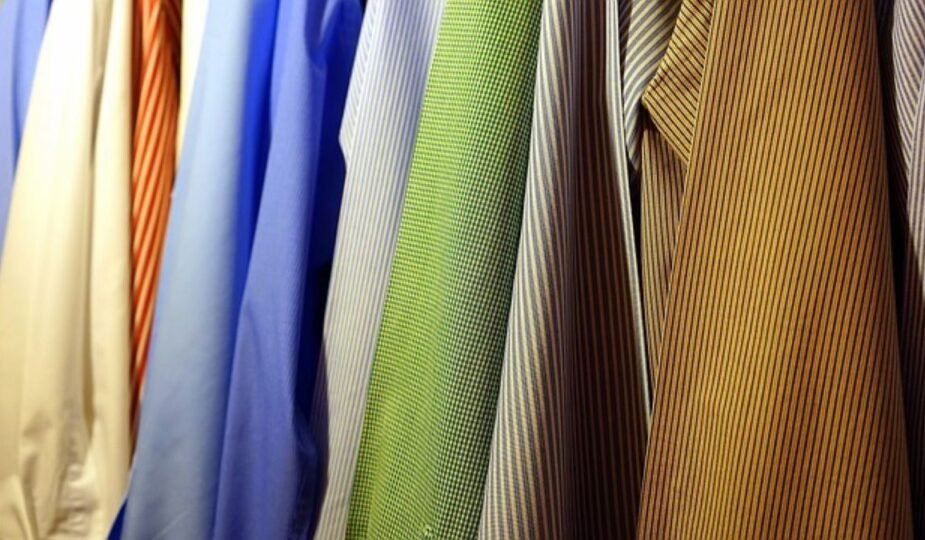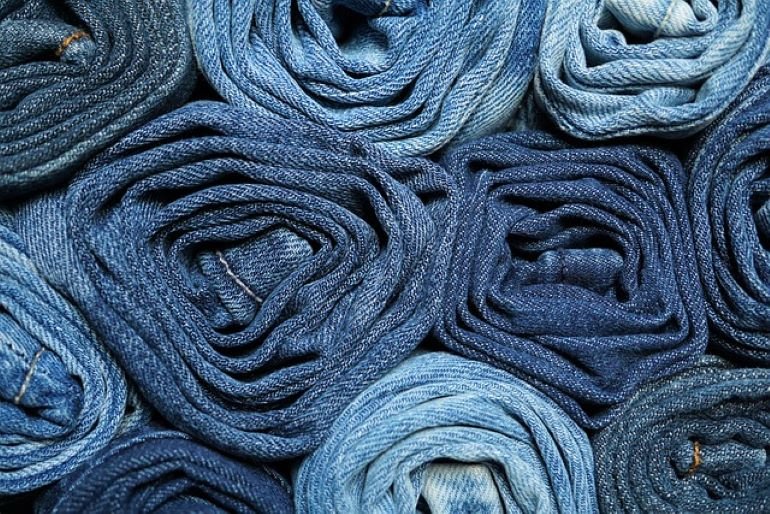
Storing Heirloom Clothing: Preserving Fashion with Care
Storing heirloom clothing is essential for preserving family history, as these items often carry emotional value and memories from the past. This care process doesn’t have to be complicated, but it does require some knowledge about what these items need. So, for anyone who values their heirloom pieces, learning to store them carefully can make all the difference in maintaining their quality for future generations.
Why Heirloom Clothing Needs Special Storage
Heirloom clothing often holds deep sentimental value, making it worth preserving for years. Unlike everyday clothes, these items are typically more delicate and require specific care to prevent damage. Using the right storage methods keeps fabrics, colors, and intricate details intact over time. Properly storing heirloom clothing can also support a larger goal of decluttering for minimalist living, especially if one is reducing belongings to essentials. By setting up a reliable storage plan, these valuable pieces stay protected from environmental harm, helping them withstand the effects of time.

Selecting the Right Storage Spot
The right storage space is essential to keeping heirloom clothing pristine over time. A mini storage unit can offer an ideal environment, as these facilities are often climate-controlled to maintain a steady, cool, and dry atmosphere, perfect for preserving delicate fabrics. Unlike basements or attics, which are prone to temperature swings and humidity, a rented storage space provides controlled conditions to prevent fabric damage and color fading.
At the same time, if you’re storing clothes on hangers, choose a mini storage unit with good ventilation and minimal light exposure. Hanging clothes in breathable garment bags or using padded hangers can safeguard them against creasing and potential mildew buildup. By selecting the right storage environment and taking these protective steps, you’ll ensure that these cherished garments remain well-preserved for years.
Essential Materials for Safe Storage
Using the right materials protects heirloom clothing from damage. So, if you’re not sure what it takes to store these items properly, here’s a list of essentials:
- Acid-Free Tissue Paper: Wrap delicate fabrics to prevent yellowing and fabric breakdown.
- Muslin or Cotton Garment Bags: These bags provide breathable protection from dust and pests.
- Sturdy, Acid-Free Storage Boxes: Ideal for safely storing folded garments, keeping them flat and supported.
- Silica Gel Packets: Place in boxes to control moisture and reduce mold risks.
- Padded Hangers: These help prevent shoulder distortion when hanging sturdier items.
Clean Clothes Before Storing
Cleaning garments before storing them helps protect fabrics from long-term damage. Stains, dirt, and oils can weaken material and attract pests. Delicate items may need professional cleaning to prevent damage during the washing process. For storing heirloom clothing, ensure each piece is fully dry to avoid any moisture buildup. Avoid harsh detergents, as they can be too strong for fragile fabrics. Taking time to clean and prepare these garments properly means they’ll remain in good condition, ready to be admired for years.

To Fold or Hang?
Deciding whether to fold or hang clothing depends on the fabric and style. Delicate fabrics, like lace or silk, usually do best when folded to prevent stretching. For sturdier pieces, like coats or some retro clothing, hanging can be a good option if padded hangers are used. However, avoid cramped spaces to prevent wrinkles and fabric damage even when hanging. Folding is often the safest choice for long-term storage, but choosing the right method depends on each garment’s needs. Taking these extra steps helps maintain each piece’s original look and feel.
Storing Heirloom Clothing: Protecting from Light, Moisture, and Pests
Keeping heirloom garments safe means protecting them from light, moisture, and pests. Sunlight can fade colors and weaken fabrics, so store items in dark spaces or use protective garment bags. Avoid storing clothes in basements or attics, where dampness can lead to mildew.
Controlling moisture levels is also essential to prevent mold and keep fabrics in good condition. Using moisture-absorbing materials in storage containers, like silica gel packets, can help maintain dryness. Pests, especially moths, can be a threat to delicate clothing. Anyhow, when you begin preparing these pieces for storing, try these preventive steps:
- Use cedar blocks: Natural repellents that help keep pests away.
- Store in airtight containers: Reduces the risk of pests and dust.
- Regularly check stored items: Inspect for any signs of damage or infestation.
Following these guidelines can extend the life of cherished clothing items for future enjoyment.
Handling and Labeling for Long-Term Preservation
Handling heirloom garments with care is essential to avoid fabric damage. Wearing clean gloves or washing hands before touching these items can help protect your fashion pieces from oils and dirt. Gently folding or rolling items, especially delicate ones, help maintain their original form.
Labeling storage boxes makes it easy to find specific items later. Documenting each piece’s history and care instructions can add value and meaning. Regularly inspecting garments helps identify potential issues early. Heirloom clothing is protected and ready for future generations to enjoy.

Protecting Heirloom Clothing for the Long Run
Thoughtful steps for storing heirloom clothing can significantly extend its life, allowing it to be passed down to future generations in its best condition. With some basic knowledge about materials, storage environments, and regular upkeep, preserving these cherished garments becomes easier and more effective.
Images used:
1- Pixabay
2 – Pixabay
3 – Pixabay
4 – Pixabay








